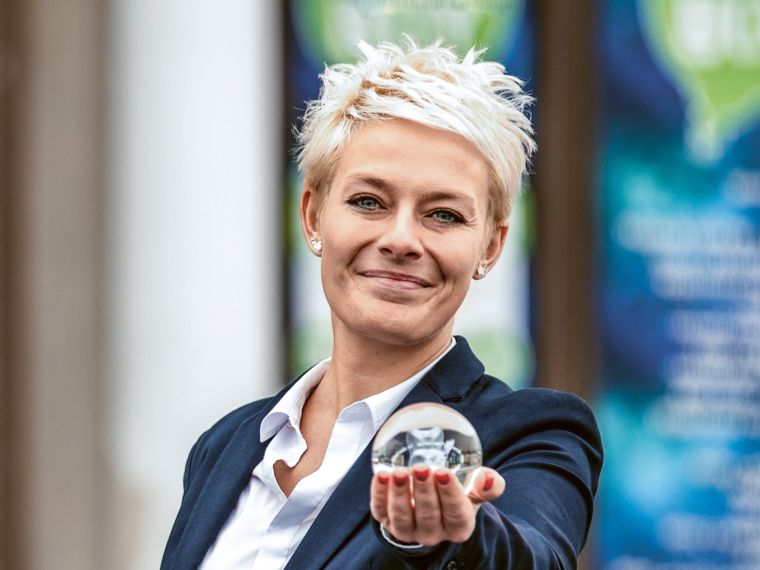Environmental and climate challenges are growing. A healthy environment is also vital for sustainable development. Consequently, HARIBO takes its responsibility for the environment very seriously.
For us, it primarily concerns packaging. How should we obtain our packaging in order to guarantee the optimal quality of our products? What food safety requirements do we need to meet? How can we achieve this with the most efficient use of resources possible? How can we further improve the recyclability of our packaging materials? Plus, are there any alternatives in terms of materials or technologies?











